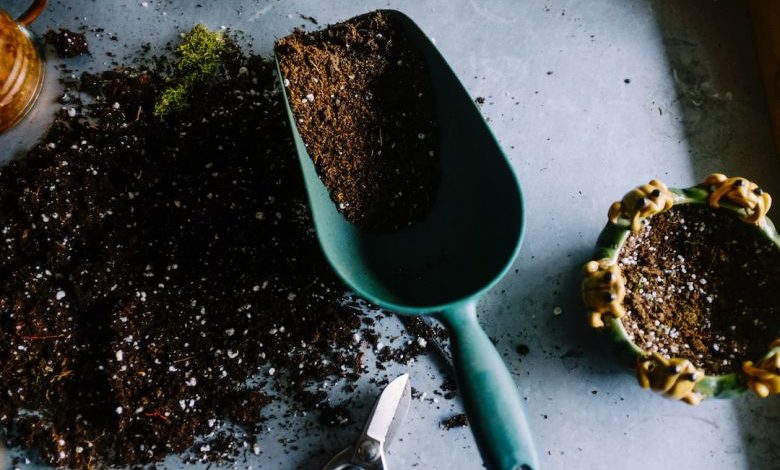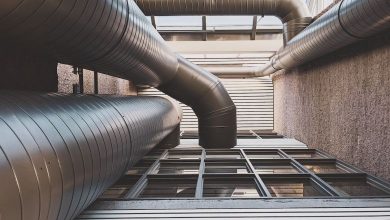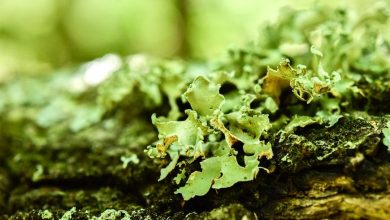What Are the Different Types of Soil in My Garden and Their Uses?

Understanding the different types of soil in your garden is crucial for successful gardening. Each type of soil has its own unique characteristics, which can greatly impact the growth and health of your plants. In this article, we will explore the various types of soil commonly found in gardens and their specific uses.
Sandy Soil: Ideal for Drainage
Sandy soil is characterized by its large particle size and gritty texture. It is known for its excellent drainage properties, making it ideal for plants that require well-drained soil. However, sandy soil is also prone to drying out quickly and has low water-holding capacity. To improve its water retention, organic matter such as compost or peat moss can be added. Sandy soil is best suited for drought-tolerant plants like cacti, succulents, and herbs.
Clay Soil: Rich in Nutrients
Clay soil is composed of small, compact particles that hold water and nutrients well. It has a smooth texture when wet but becomes hard and compacted when dry. Clay soil is rich in essential minerals and nutrients, making it highly fertile. However, it can also become waterlogged and poorly drained, leading to root rot and other problems. To improve clay soil, adding organic matter like compost or well-rotted manure can help break up the soil and improve its drainage. Clay soil is well-suited for growing vegetables, fruits, and perennials.
Loam Soil: The Ideal Garden Soil
Loam soil is often considered the ideal soil for gardening due to its balanced texture and composition. It is a mixture of sand, silt, and clay, which provides both good drainage and water retention. Loam soil is easy to work with, crumbly, and provides excellent nutrient-holding capacity. It is suitable for a wide range of plants, including vegetables, flowers, shrubs, and trees. However, it is important to note that loam soil can vary in its composition depending on the location, so testing the soil’s pH levels and nutrient content is recommended.
Peat Soil: Acidic and Moisture Retentive
Peat soil, also known as peaty soil, is characterized by its high organic matter content. It is formed from the decomposition of organic materials such as peat moss, leaves, and plant debris over a long period. Peat soil is acidic and has excellent moisture retention properties. However, it can be difficult to work with due to its heavy and compacted nature. It is best suited for acid-loving plants like blueberries, rhododendrons, and azaleas. To improve peat soil, adding lime or dolomite can help raise the pH level and make it more suitable for a wider range of plants.
Chalky Soil: Alkaline and Free-Draining
Chalky soil, also known as alkaline soil, is composed of limestone or chalk fragments. It has a high pH level, making it alkaline, and is free-draining. Chalky soil tends to be shallow and low in organic matter, which can result in poor fertility and water retention. Adding organic matter and compost can help improve its structure and fertility. Plants that thrive in chalky soil include lavender, rock roses, and yarrow. However, acid-loving plants may struggle in this type of soil.
Conclusion: Understanding Soil Types for Successful Gardening
In conclusion, understanding the different types of soil in your garden is essential for successful gardening. Sandy soil is ideal for plants that require good drainage, while clay soil is rich in nutrients. Loam soil is considered the ideal garden soil due to its balanced texture and composition. Peat soil is acidic and moisture-retentive, while chalky soil is alkaline and free-draining. By knowing the characteristics and uses of each soil type, you can make informed decisions about what to grow and how to improve your soil for optimal plant growth.




